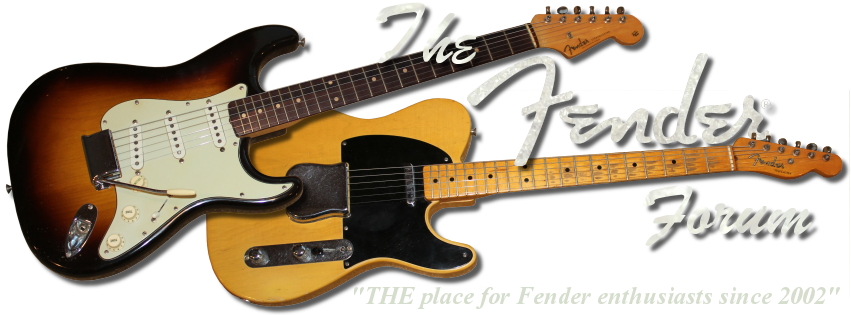Well, your goal should not be getting a 68mV reading, as that measurement is the result of your bias setting. You want to be calculating what percentage of maximum plate dissipation your tubes are set at. You should be near 70% of max at the hottest.
The mV reading is the number you use to calculate that percentage.
With that said, here's the math:
Setting bias requires you have the 1ohm resistor from pins 8 to ground; that's labeled "Bias Test Point" on the HRD.
-Measure the reading at the 1ohm resistor before the ground; let's say 110mV DC
-Measure the plate voltage on the power tubes at pin 3 (careful...high voltage there!); let's say 385V DC
-Multiply cathode voltage by plate voltage. .110 x 385 = 42.35 (don't forget that 110mV = .110V). The resulting number is the total watts being dissipated.
-Divide the watts dissipated by 2 (since the HRD measures both power tubes at once). In this case 42.35 / 2 = 21.175 That's 21 Watts per tube.
-We know that 6L6GCs max plate dissipation is 30W, so divide the low number by the high number for the percentage of plate dissipation. In this case 21 / 30 = .677 or almost 68% maximum plate dissipation. Right where I want it for my tubes.
It seems complicated, but just focus on the reading at the 1ohm resistor and pin(s) 3. Write it down and practice the math a few times, and it's a cinch after getting used to it! I was really confused on all that for the longest time, but once it 'clicked' it was clear as day.
Also, think of this...let's say I was at 68mV at 385V (you know, like how that Fender factory bias number is so often referred to). If I were, it works out like this:
.068V x 385V = 26.18W, which is 13W per tube, 13W of 30W is 43%, which is 43% of max plate dissipation...pretty 'cold'. This illustrates why the cathode bias reading (mV number) needs the plate voltage to mean anything.




 Reply With Quote
Reply With Quote








